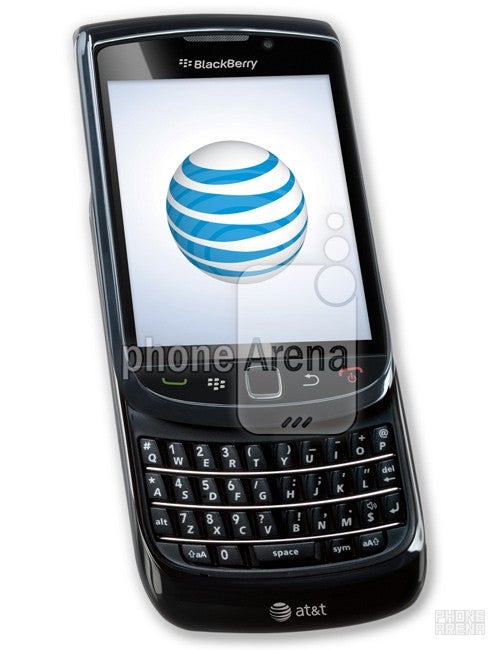Is RIM on the right track with its latest offerings


The push for the consumer market
RIM managed to build its healthy business around the BlackBerry smartphones, which were the handsets of choice for the enterprise, due to an array of specialized features such as strong security, as well as unprecedented email and convenience, when it comes to handling text-based communication. But it was also this early when RIM was beginning to taste the sweetness of what it is to play on the mass market, by unleashing lower-cost phones like the Curve and Pearl. After all, in December 2009, RIM reported that over 80% of its net new subscriber account additions have come from non-enterprise customers. However, the consumer market was bound to change very, very soon, catching RIM unprepared. Although a very large share was already taken by the iPhone, the establishment of Android was yet another blow for RIM. Because of Android, many of those users who didn't want an iPhone for some reason now had a pretty strong alternative to fall back on. This meant that RIM had to rethink what it's doing, if it didn't want to be left outside alone.

RIM BlackBerry Torch 9800
At this point, it was clear that RIM isn't where it wants to, and it needed to make a choice – to either contract its business and focus on what it's proven to do pretty well – products for the enterprise, or to continue its struggle against Apple and Google for a chunk of the alluring consumer market. What it unveiled subsequently revealed the bold choice it's made...
Undefined present

RIM BlackBerry 9900
Right from the start, we declared the Bold 9810 a device that's already behind the curve. And how wouldn't we... the 9810 is what the original Torch should have been from day one! It had nothing really new to bring to the table, and looking at it now, it seems like the perfect representation of RIM's undefined present. While it remains true to the enterprise world in its essence, it also tries to appeal to the consumer, but it fails tremendously due to its total lack of wow-factor. It does have some decent specs, but if you want to gain prominence with the broad public nowadays, you have to lose the portrait sliding keyboard, and pack a bigger screen... and that's not a sacrifice that the enterprise is willing to do. Actually, this is what the Torch 9850 tries to achieve, and it does succeed to a certain point. The 9850 is good-looking, fast and capable, and we actually liked it in our review. So, what's the problem with it? Well, it's good, but it's not that good. Regular users have little reason to side with it, instead of with a high-end Android device or the iPhone, which come with ecosystems that are way more developed. So, while we consider the 9850 a pretty solid attempt at crafting a capable consumer smartphone, it will take more than that to bring RIM firmly on its feet again.

RIM BlackBerry PlayBook
Looking at the Canadian manufacturer's current lineup, we like the Bold 9900 the most. It is arguably the best Bold ever, but it is a device, which is evidently targeted to the business. Not too many average Joes will pick up the Bold 9900, instead of the Sensation 4G, or the EVO 3D, or the iPhone 4, or the Galaxy S II...
The right track


Many consider QNX as RIM's last chance to survive in this cruel world, and we certainly hope that the legendary Canadian manufacturer will pull it off. Not all is lost for these guys yet. After all, they are still enjoying those pretty decent profits, but if they don't act as quickly as possible, RIM's chances to get back on the right track might soon be lost forever.
Follow us on Google News










Things that are NOT allowed:
To help keep our community safe and free from spam, we apply temporary limits to newly created accounts: